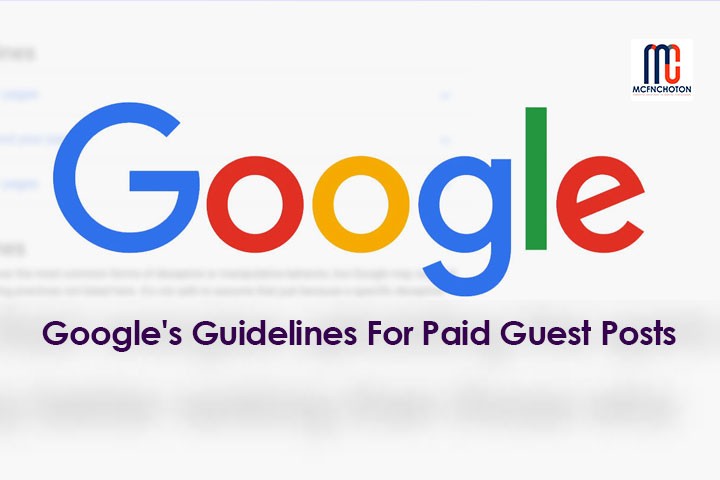Generative AI Adoption: A Rapid Surge in User Growth
Introduction
Generative artificial intelligence (AI) tools have taken the tech world by storm, experiencing an unprecedented surge in adoption. These tools, such as ChatGPT, have surpassed the growth rates of smartphones and tablets. With a low barrier to entry and the ability to leverage existing devices, generative AI has attracted a large user base in just two years. This article explores the rapid growth of generative AI, its impact on different demographics, and the opportunities and risks it presents for marketers.
The Explosive Growth of Generative AI
Generative AI, represented by tools like ChatGPT, has witnessed an astounding adoption rate. Within two years of its launch in November 2022, generative AI has garnered over 77.8 million users, more than double the adoption rate of smartphones and tablets during a similar timeframe. Unlike their predecessors, generative AI tools do not require the purchase of new hardware. Users can access these tools on their existing devices, leading to a surge in curiosity and experimentation.
Demographic Trends in Generative AI Adoption
The adoption of generative AI is not evenly distributed across demographics. Younger individuals, particularly millennials and Generation Z, have embraced generative AI at a significantly higher rate compared to older age groups. Approximately 13.5% of millennials and Gen Z have already adopted generative AI tools like ChatGPT. The digital native nature of these younger demographics and their propensity for early adoption contribute to the rapid growth of generative AI.
Use Cases for Generative AI
Generative AI has gained popularity for various applications. Users have eagerly experimented with tools like ChatGPT to generate poetry, create art, and engage with AI-powered chatbots integrated into search engines. The versatility of generative AI has allowed it to permeate multiple industries, with applications ranging from customer service to data analysis. Marketers, in particular, have begun exploring how generative AI can enhance their strategies and improve customer experiences.
Opportunities for Marketers
Generative AI presents several opportunities for marketers to optimize their strategies. AI-powered search experiences, such as Google’s Search Generative Experience (SGE), aim to enhance search quality. However, concerns have been raised regarding the potential for SGE to surface low-quality content. Marketers can leverage AI-powered chatbots, like ChatGPT and Google Bard, for customer service, data analysis, and brainstorming. However, it is crucial to maintain human oversight to ensure accurate and ethical implementation.
Risks for Marketers
While generative AI offers numerous opportunities, it also carries risks for marketers. The rapid growth in generative AI adoption may lead to an influx of low-quality content in search results. Marketers need to stay vigilant and adapt their strategies accordingly to maintain visibility and relevance. Additionally, the reliance on AI-powered chatbots raises concerns regarding data privacy and security. Marketers must prioritize the protection of user information and implement robust security measures.
The Future of Generative AI
As generative AI continues to evolve, marketers must stay updated on emerging trends and developments. Ongoing testing and evaluation are essential to harness the potential of generative AI while mitigating any potential drawbacks. Continued curiosity and experimentation are likely to fuel further adoption of generative AI, shaping the future of marketing and user experiences.
Conclusion
Generative AI has seen unprecedented growth, outpacing the adoption rates of smartphones and tablets. The low barrier to entry and the ability to leverage existing devices have contributed to this surge in adoption. Marketers have the opportunity to leverage generative AI for enhanced strategies and customer experiences. However, they must also be mindful of potential risks and challenges. By staying informed and adapting to emerging trends, marketers can make the most of this transformative technology.




